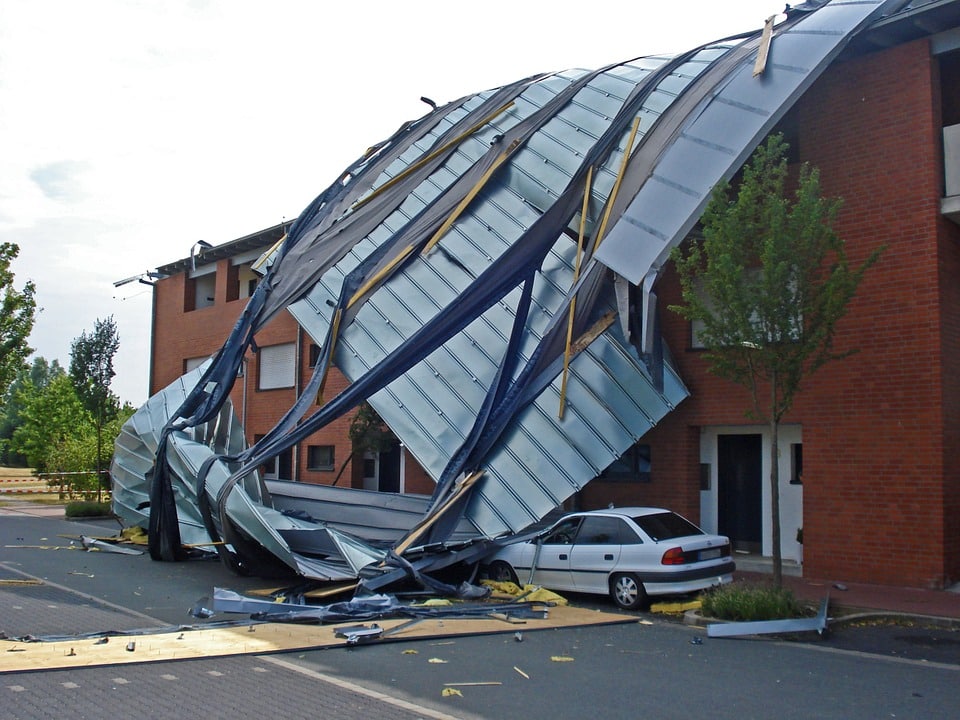Advancements in science and technology are no match for the terrifying and destructive power of natural disasters. For thousands of years, men have built and improved infrastructure to protect themselves from the natural elements, but once the fury of nature is unleashed, it’s a powerful force. Even the best-engineered dams have buckled under the force of rampaging floodwaters, and the most durable buildings have fallen to earthquakes.
Still, even though we can’t stop the elements, we can mitigate their effect on our lives. Knowledge is power, so it’s imperative to learn all that you can about different disasters and prepare to stay as safe as possible in the event that they strike.
Wildfires
Wildfires can turn serene patches of nature into a burning inferno in mere minutes. What seems like an innocent campfire or a relatively harmless lightning strike can start a blaze that can consume everything in its path.
Extremely hot and dry summer weather contributes to wildfires. Parched vegetation can easily catch fire, and once it gets going, it can spiral out of control very quickly. Wildfires have been reported in many parts of the country, especially the West.
Last year was a particularly disastrous year for wildfires with several towns being completely consumed by the flames. Many deaths and millions of dollars in property loss were the results of these uncontrolled wildfires.
Avalanches
An avalanche is a mass of unstable snow and ice that breaks away and rapidly hurtles down a mountainside. They can be triggered by human activity or forces of nature such as rapid temperature change, precipitation, or wind.
Once an avalanche starts, it picks up speed and power at an alarming rate. In a matter of a few seconds, tons of snow and ice can hurl downhill at up to 80 mph, crushing everything in their path.
The worst avalanche recorded took place during World War I in the Italian Alps. More than 10,000 Austrian and Italian soldiers died in the course of the avalanche.
Earthquakes
An earthquake is the sudden and violent movement of the ground resulting from volcanic eruptions or shifts within the earth’s crust. The shock waves of an earthquake radiate out from the area where the rocks first begin to break.
Most earthquakes occur in the area around the rim of the Pacific Ocean, an area often referred to as the “Ring of Fire,” but they can happen anywhere there is a fault line. Many of these fault lines occur along the western coast, up through Utah and Idaho.
Man-made structures, no matter how well engineered, can collapse due to the intensity of an earthquake. Earthquakes can trigger fires, too, as ruptured gas lines turn into powerful blazes that consume earthquake rubble.
The worst earthquake recorded in modern history occurred in Tangshan, China in 1976, with an intensity between 7.8 and 8.2 on the Richter scale. It is estimated that a quarter million lives were lost in that earthquake.
Tornadoes
Tornadoes are revolving columns of air that can blow at speeds up to 300 mph and can occur individually or in clusters of several tornados. They start due to a change in air pressure where warm, moist air meets cool, dry air, and they can be devastating.
These are just a few examples of natural disasters that can occur in the western part of the United States. Other natural disasters that affect the country include tsunamis, hurricanes, floods, droughts, and landslides. Preparation is key as you seek to be ready for potential disasters and minimize their damages.
Due to climate change, natural disasters have been felt and have affected many lives on the planet. Unfortunately, these natural disasters can’t be prevented and sometimes can’t even be predicted. However, there are natural disasters considered to be worse than other disasters. These are the disasters that can take away not just properties but also lives in a matter of time.

![4 of the Worst Natural Disasters [infographic] 4 of the Worst Natural Disasters [infographic]](https://disastercompany.com/wp-content/uploads/2022/04/4-of-the-Worst-Natural-Disasters-scaled-1.jpg)
